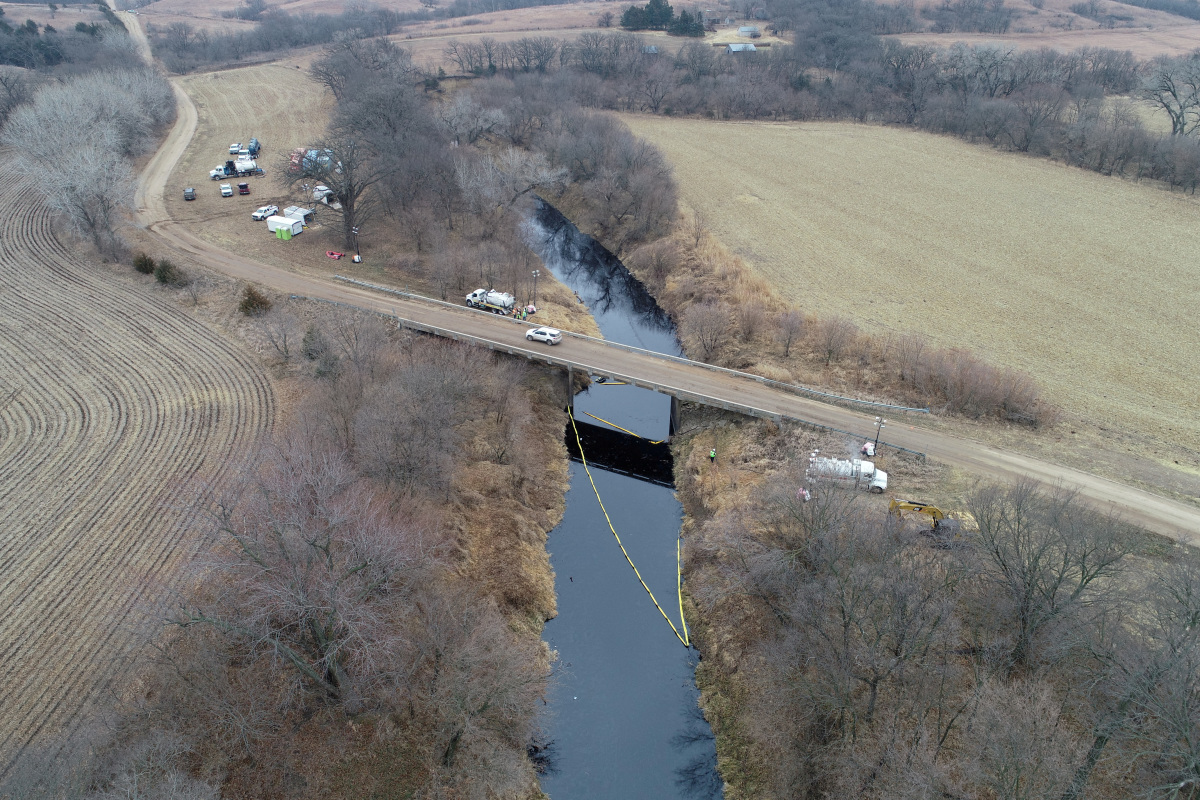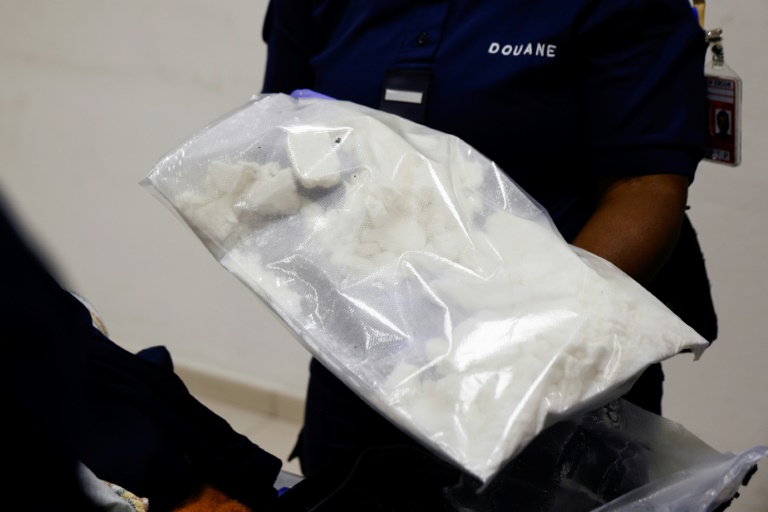Reuters
TC Energy Corp has submitted its plan to restart the Keystone pipeline to U.S. regulators, a source familiar with the matter said on Tuesday, nearly two weeks after the line ruptured in the worst oil spill in the United States in nine years.
The 622,000 barrel-per-day (bpd) pipeline was shut after it spilled 14,000 barrels of oil in rural Kansas on Dec. 7, the third major spill from the line in the last five years. The undamaged parts of the pipeline reopened last week.
Even though cleanup will take weeks or months, the line can still restart once it is repaired and the plan approved by the U.S. Pipeline and Hazardous Materials Safety Administration (PHMSA).
TC Energy did not answer questions about when it hopes to restart the line or what caused the incident.
“This segment will not be restarted until it is safe to do so and when we have regulatory approval from PHMSA,” the company said.
The line leaked diluted bitumen, a heavy oil that tends to sink in water, making it harder to collect than oils that float. More than 400 people are involved in the cleanup, including TC workers, pipeline regulators, state and local officials and the EPA. Completion of the cleanup depends on weather and other factors.
TC is required to complete an analysis of the root cause of the line’s failure by early March, or 90 days after PHMSA issued a corrective action order.
The response team has so far recovered 7,233 barrels of oil from Mill Creek.
TC is not required to identify the cause to restart, but it needs to satisfy PHMSA that the problem is not systemic and likely to cause other incidents along the pipeline, said Richard Kuprewicz, president of pipeline consulting company Accufacts Inc.
Kuprewicz said he suspects that a weld failed between segments of pipeline and does not represent a systemic problem.
“It’s pretty straightforward and PHMSA should have enough information,” Kuprewicz said, adding that PHMSA could allow TC to restart the segment within the day.
Keystone’s spill history is a concern considering that the 12-year-old pipeline is relatively new, said Suzanne Mattei, energy finance analyst at the Institute for Energy Economics and Financial Analysis.
“We can only hope that (PHMSA) will be very vigorous in reviewing this plan,” she said.
The U.S. Environmental Protection Agency (EPA) referred questions about the pipeline to TC and PHMSA.
The Keystone spill has not had a major impact on Canadian crude prices and with most of the line already back in operation, a return to service for the final segment is unlikely to influence prices much, said Mark Oberstoetter, director of upstream Canada for consultancy Wood Mackenzie.
TC shares dipped 0.4% in Toronto. They are down 7% since the spill.
The portion of the line that is shut covers 96 miles (155 km), starting south of a key junction located at Steele City, Nebraska. The line splits at that locale, with one leg heading to Midwest refineries. That leg reopened last week.







